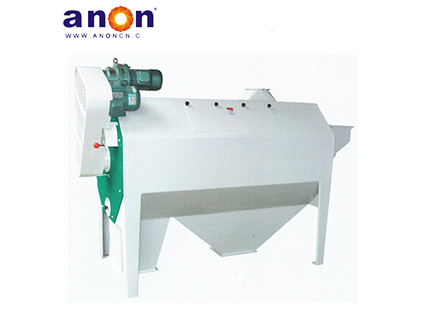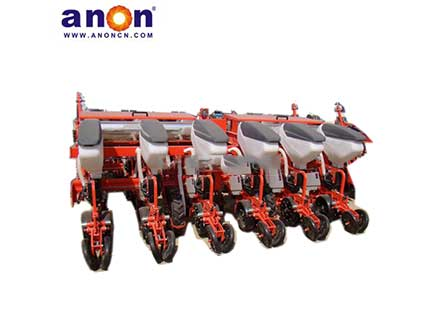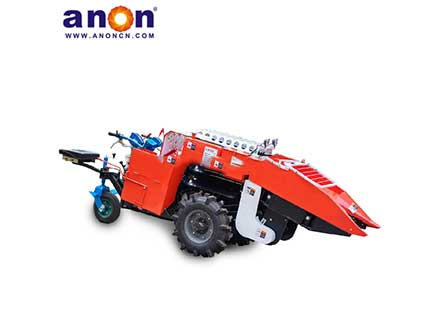The corn picker machine is an efficient agricultural machinery that can harvest, clean and sort corn according to its working principle.
Compared with manual harvesting, corn picking machines can significantly improve production efficiency,
Reduce labor costs and improve harvest quality.
Introduction to corn picking harvester
A corn picker machine is an agricultural machinery specially used to pick ripe ears of corn.
It uses advanced technology and design to automatically collect, clean and sort corn.
and complete these tasks with a high degree of efficiency.
Such machines usually consist of multiple parts, including stubble cutters, conveyor chains, balers and cleaners.
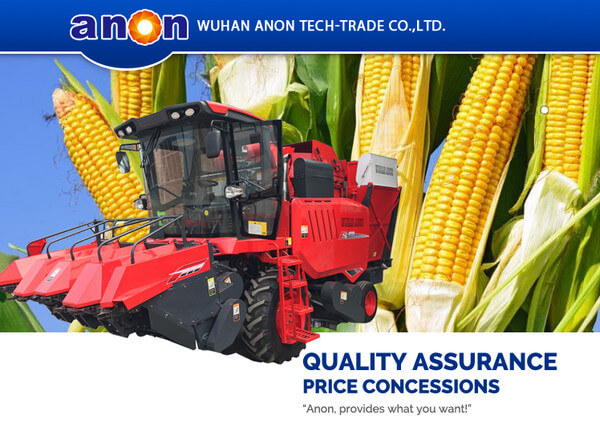
How a corn picker machine works
For large-area corn farmers, using mechanized corn picker machine,
Instead of traditional manual labor harvesting, it is necessary.
So, how does a corn picker work?
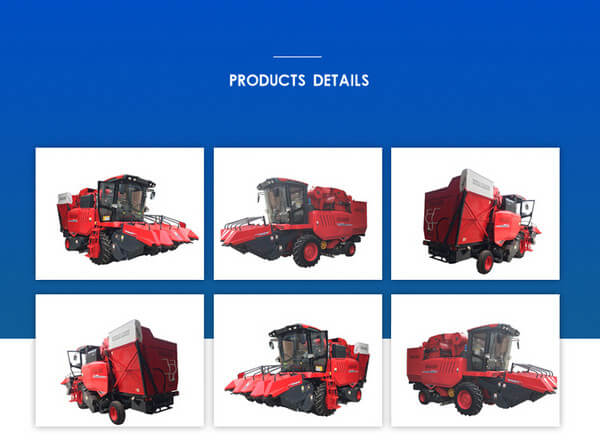
The working process of the corn picker machine includes the following steps:
Stubble cutter: The stubble cutter of the corn picker is used to cut off the corn stalks.
It consists of a series of rotating saw blades and brackets that can cut corn stalks,
Finally, the corn ears are fixed on the conveyor chain.
Conveyor chain: The conveyor chain brings the picked corn ears to the cleaner.
Conveyor chains usually use a design that combines rubber and metal chains.
The corn can be transported backward at a certain speed.
Cleaner: When the corn reaches the cleaner, it is cleaned and impurities are removed.
The cleaner uses air flow and screens to separate impurities such as corn kernels and straw to ensure harvest quality.
Baler: The baler is the part of the machine that bundles together the picked corn.
In this step, the corn is compressed together and secured with plastic string or other material.
The process of picking corn
After we understand the product information and working principle of the corn harvester,
What farmers are most concerned about is how corn is picked by machines?
How is the harvesting step completed with a picking harvester?

The process of corn being picked by machine mainly includes the following steps:
Land preparation: Prepare the corn field to ensure that corn stalks and debris are cleared away.
To facilitate the normal operation of the corn picking machine.
Debugging: According to the terrain of the corn field, corn varieties and other factors,
Debugging the corn picking machine to ensure that the corn picking machine can work normally.
Picking: The corn picker travels along the corn field and cuts the corn stalks.
The corn ears are transported to the peeling device for peeling, and finally the peeled kernels are transported to the granary for collection.
Cleaning: After the corn picker machine completes the picking operation, the corn stalks and debris should be cleaned in time.
So as not to affect the normal production of corn fields.
Corn picker machine maintenance
After a long period of harvesting crops, corn picker machine also need regular maintenance.
to extend service life. The maintenance of corn picking machines mainly includes the following contents:
Cleaning: After the harvesting operation is completed, the corn picking machine should be cleaned in time to remove residual corn stalks and debris.
Lubrication: According to the instruction manual of the corn picker, lubricate all parts regularly.
Inspection: Regularly check the connection status of each component of the corn picking machine to detect and eliminate faults in a timely manner.
The above is a detailed introduction to how corn is picked by machines.
I hope this article can satisfy readers’ needs for understanding corn pickers.
and provide useful information to agricultural producers.
This mechanized harvesting method greatly improves efficiency,
It is the best choice for large-scale commercial corn cultivation.
ANON also needs to remind farmer friends,
By properly selecting and using a combine harvester, you can achieve more efficient and sustainable agricultural production.


